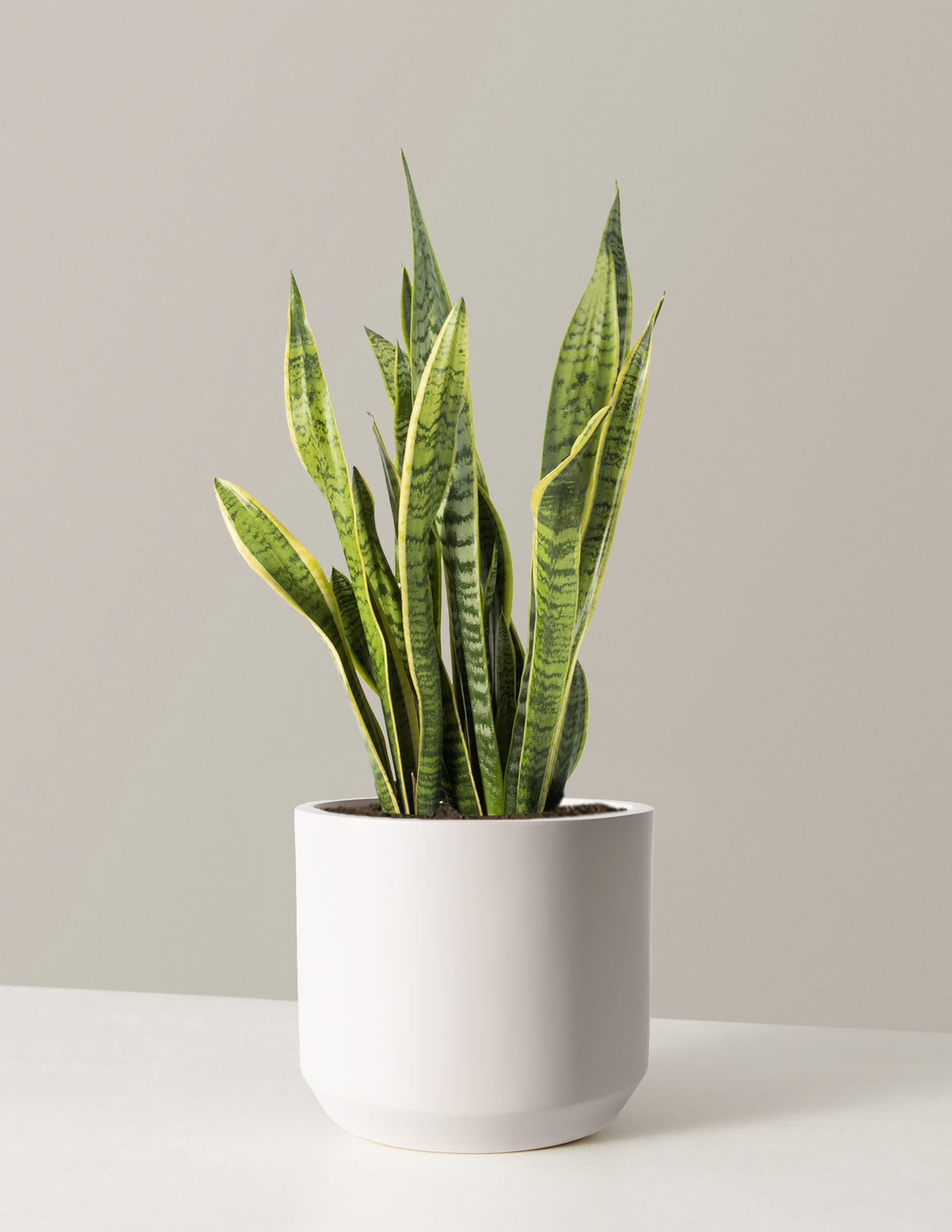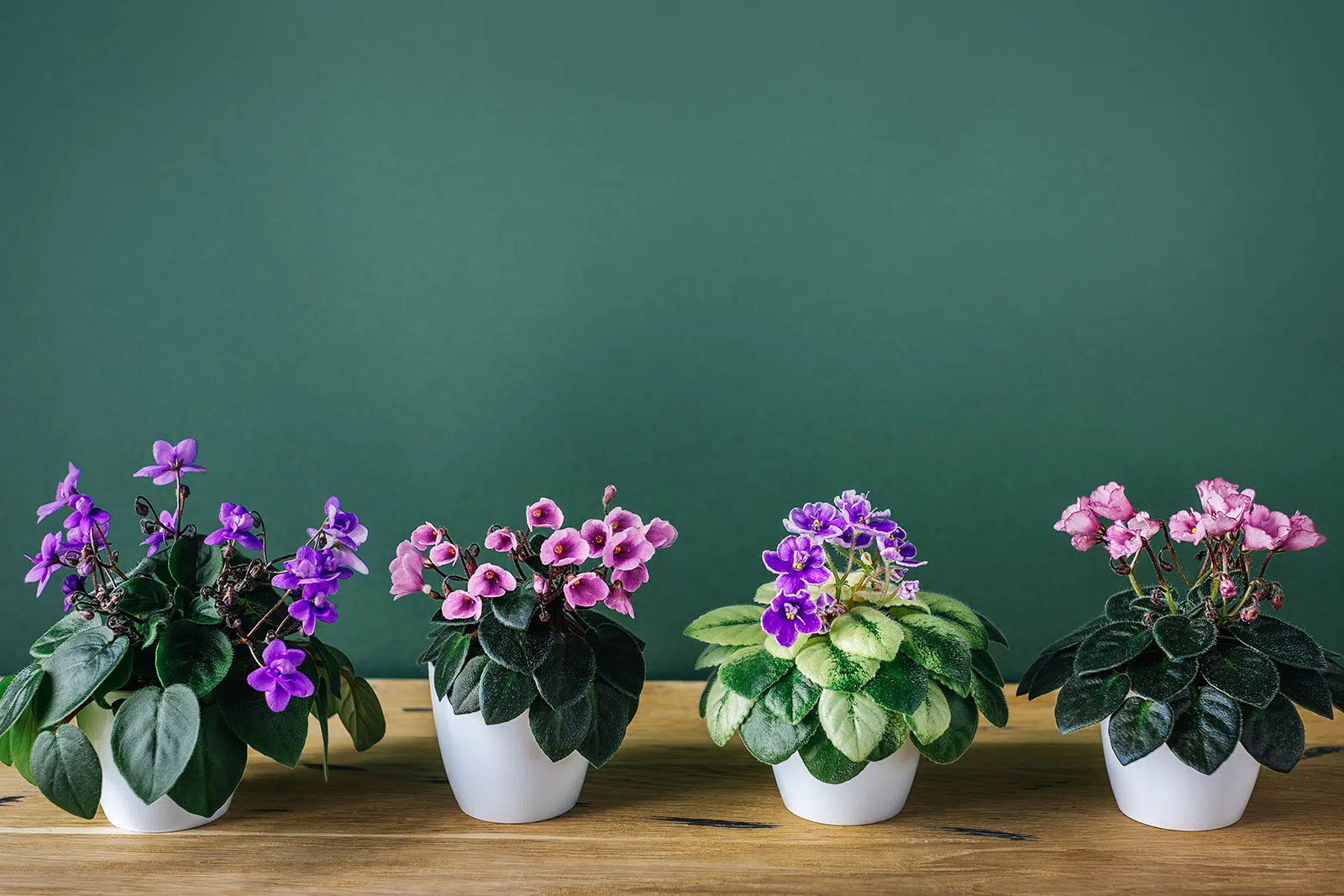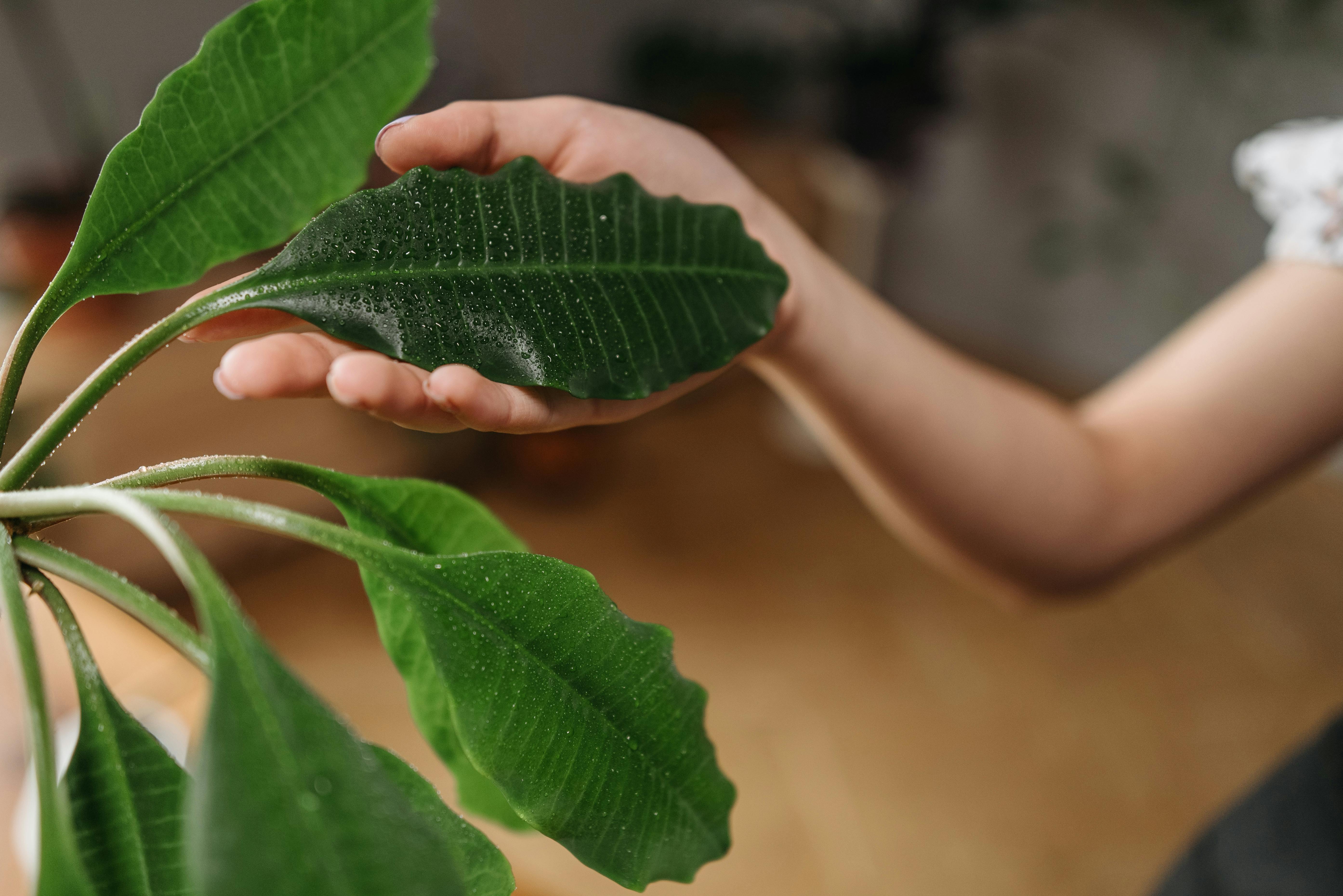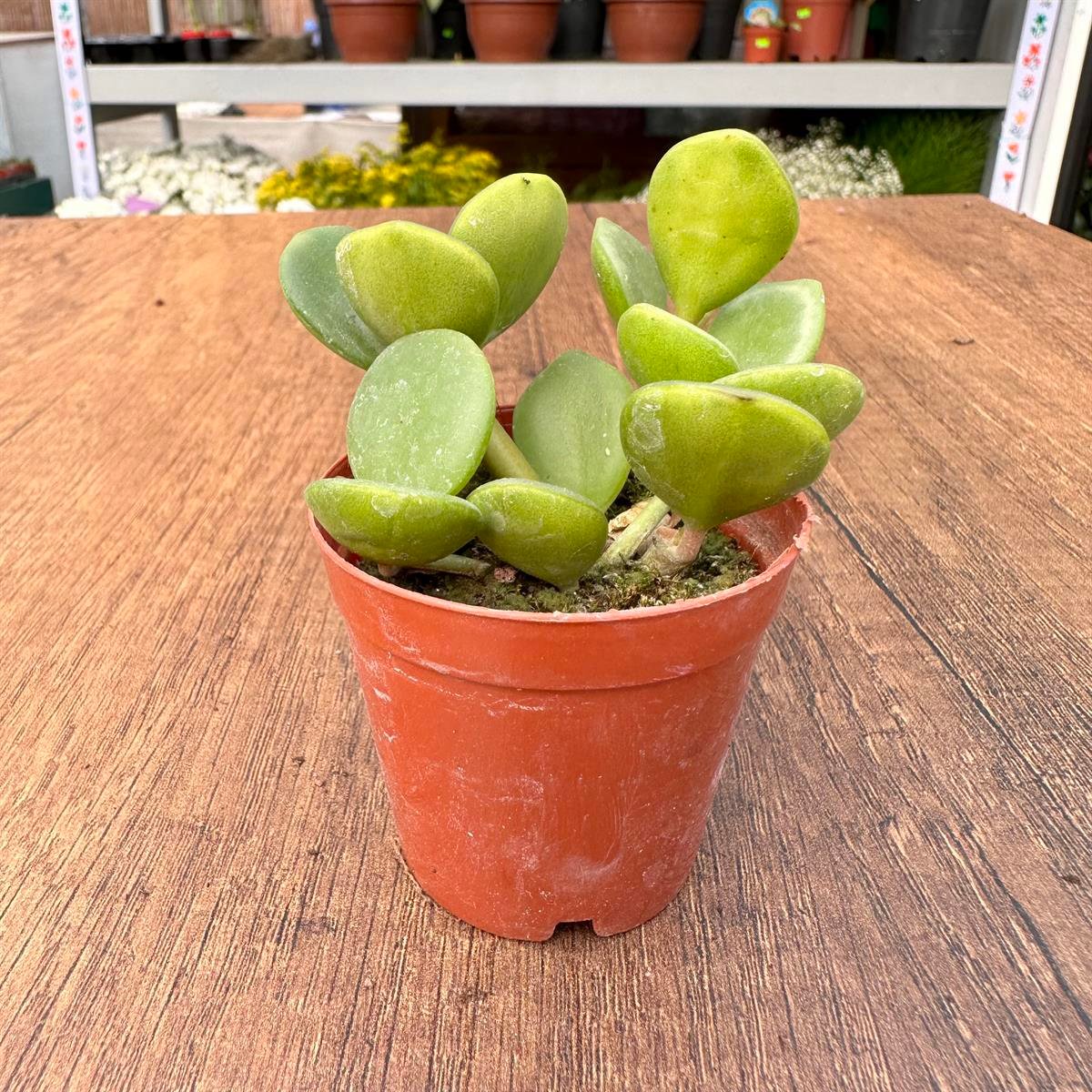How To Care For Snake Plant (Sansevieria trifasciata)
Did you know that the Snake Plant, also known as Sansevieria trifasciata, is a popular houseplant that is valued for its ability to thrive in low light conditions and for its air-purifying qualities? This plant is native to West Africa and has been cultivated for centuries for its ornamental value and easy care requirements.
The Snake Plant has gained popularity in recent years as more people are looking for low-maintenance plants to decorate their homes and offices. It is known for its tall, upright leaves that are often variegated with shades of green and yellow, adding a pop of color to any space.
One of the key reasons why the Snake Plant is so easy to care for is its ability to tolerate low light conditions and infrequent watering. In fact, this plant prefers to be neglected rather than overwatered, making it an ideal choice for busy plant parents or beginners.
When caring for a Snake Plant, it is important to place it in a well-draining potting mix and allow the soil to dry out between waterings. Overwatering can cause the plant’s roots to rot, so it is best to err on the side of underwatering rather than overwatering. Additionally, the Snake Plant prefers indirect sunlight but can also tolerate low light conditions, making it a versatile plant for any space.
🌬️ Air-Purifying Benefits
Snake plants are excellent natural air purifiers. They absorb toxins like formaldehyde, benzene, and xylene while producing oxygen, even at night. This makes them perfect for bedrooms, as they help create a cleaner, fresher environment while you sleep. 😴💨
🐾 Pet-Friendly Benefits
Unlike some houseplants that can be toxic to pets, snake plants are relatively safer. While mild ingestion may cause slight discomfort in pets, they are far less harmful than many other common houseplants. Keeping snake plants in elevated places or corners can help prevent curious pets from nibbling on the leaves. 🐕🐾

How to Properly Care for Your Snake Plant (Sansevieria trifasciata)
Are you unsure of how to care for your Snake Plant (Sansevieria trifasciata)? Look no further! This article will provide you with all the essential tips and tricks to ensure your plant thrives in your home. From proper watering techniques to sunlight requirements, we have you covered. Keep reading to learn more about the best practices for caring for your Snake Plant.

Sansevieria trifasciata, commonly known as Snake Plant or Mother-in-Law’s Tongue, is a popular houseplant known for its striking upright leaves and easy care requirements. If you are looking to add a Snake Plant to your indoor garden, here are some tips on how to care for this resilient plant:
Watering:
– Snake Plants are drought-tolerant plants and prefer to dry out between waterings.
– Water your Snake Plant thoroughly, allowing excess water to drain out of the bottom of the pot.
– During the growing season (spring and summer), water your plant every 2-6 weeks, depending on the humidity levels and temperature in your home.
– In the winter, reduce watering to once a month or when the soil feels dry to the touch.
Light:
– Snake Plants prefer indirect light but can also tolerate low light conditions.
– Place your plant near a window where it can receive bright, filtered light.
– Avoid placing your Snake Plant in direct sunlight as this can scorch its leaves.
Soil:
– Use a well-draining potting mix for succulents or cacti.
– A mix of potting soil, sand, and perlite works well for Snake Plants.
– Repot your Snake Plant every 2-3 years to refresh the soil and provide more room for growth.
Temperature and Humidity:
– Snake Plants thrive in average room temperatures between 60-85°F (15-29°C).
– They can tolerate low humidity levels but prefer higher humidity if possible.
– Avoid placing your plant near drafty windows or air vents.
Fertilizing:
– Fertilize your Snake Plant sparingly, about once every 3-4 months during the growing season.
– Use a balanced houseplant fertilizer diluted to half-strength to avoid over-fertilizing.
Pests and Diseases:
– Snake Plants are relatively pest-resistant but can occasionally suffer from mealybugs or spider mites.
– Inspect your plant regularly for any signs of pests and treat them promptly with an insecticidal soap.
– Root rot can occur if the plant is overwatered, so be sure to adjust your watering schedule if you notice any signs of rotting roots.
Propagation:
– Snake Plants can be easily propagated by division or leaf cuttings.
– To propagate by division, carefully separate the plant into smaller sections with roots attached and repot them in fresh soil.
– To propagate by leaf cuttings, cut a healthy leaf into 2-3 inch sections and place them in soil to root.
By following these care tips, you can enjoy a healthy and thriving Snake Plant in your home. According to a recent survey, Snake Plants are among the top 10 most popular houseplants in the United States.
https://youtube.com/watch?v=cCFGSVOnchA
What are the most common types of snake plants?
The most common types of snake plants include the Sansevieria trifasciata (mother-in-law’s tongue), Sansevieria cylindrica (African spear), and Sansevieria laurentii (variegated snake plant).
How often should I water my snake plant?
Snake plants do not require frequent watering. It is best to water them every 2-6 weeks, allowing the soil to dry out completely between waterings.
Can snake plants tolerate low light conditions?
Yes, snake plants are known for their ability to thrive in low light conditions. They can survive in both bright, indirect light and low light environments.
What type of soil is best for snake plants?
Snake plants prefer well-draining, sandy soil. A cactus or succulent mix is ideal for them as it will prevent root rot and provide good drainage.
Do snake plants need fertilizer?
Snake plants do not require frequent fertilization. You can fertilize them with a mild, diluted houseplant fertilizer every 2-4 months during the growing season (spring and summer).
How do I propagate snake plants?
You can propagate snake plants through division or leaf cuttings. To propagate through division, separate the rhizomes and plant them in separate pots. For leaf cuttings, cut a leaf into 2-3 inch sections and plant them in soil.
Do snake plants require pruning?
Snake plants do not require frequent pruning. You can trim off any yellow or withered leaves to maintain the plant’s appearance and health.
Can snake plants be placed outdoors?
Snake plants can be placed outdoors during the warmer months, but they should be brought indoors before the temperature drops below 50°F. They should be placed in a shaded area to prevent sunburn.
Are snake plants safe for pets?
Snake plants are considered toxic to pets if ingested. It is best to keep them out of reach of pets or place them in areas where pets cannot access them.
How do I prevent common pests and diseases in snake plants?
To prevent common pests like spider mites and mealybugs, regularly inspect your snake plant for any signs of infestation. You can use neem oil or insecticidal soap to treat any pest problems. Ensure proper air circulation and avoid overwatering to prevent fungal diseases.
Conclusion
In conclusion, caring for a Snake Plant (Sansevieria trifasciata) is relatively low maintenance and rewarding. By ensuring proper light, watering, soil, and temperature conditions, you can help your snake plant thrive and grow. Remember not to overwater your plant and to provide adequate drainage to prevent root rot. Additionally, occasional fertilization and repotting when necessary will keep your snake plant healthy and vibrant.
Furthermore, Snake Plants are not only aesthetically pleasing indoor plants but also provide several health benefits such as air purification. Their ability to remove toxins from the air makes them an excellent addition to any home or office space. With their unique appearance and easy care requirements, Snake Plants are perfect for both beginner and experienced plant enthusiasts. By following the tips and guidelines outlined in this article, you can enjoy the beauty and benefits of Snake Plants for years to come.






